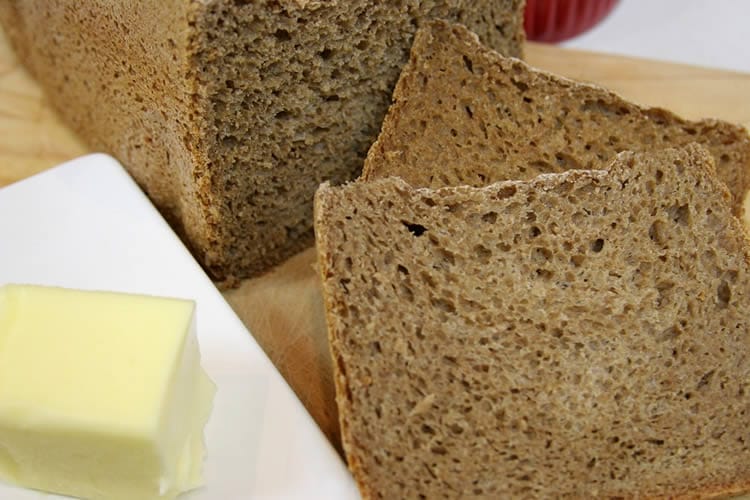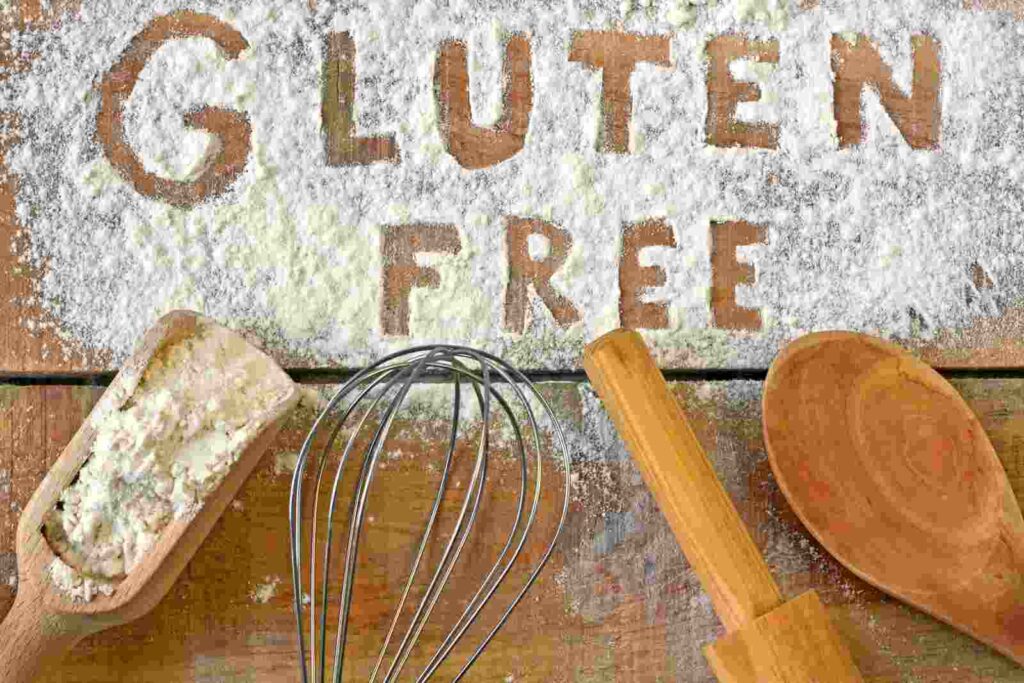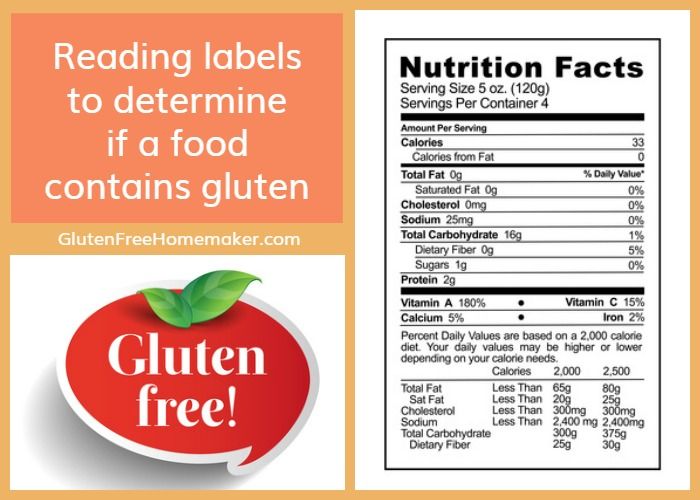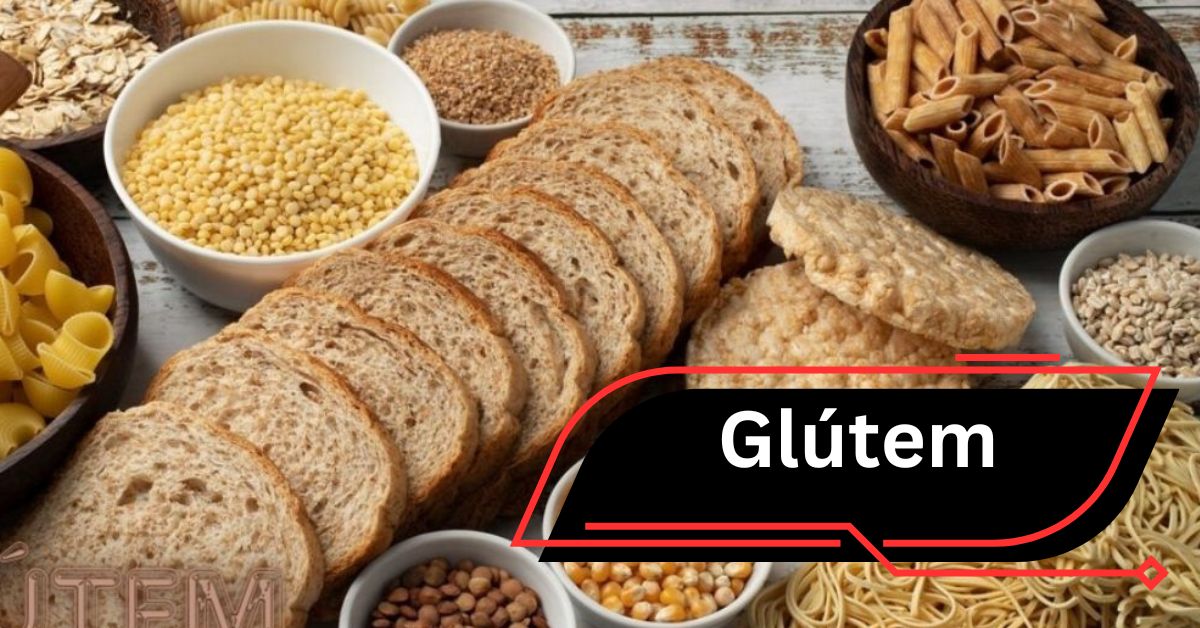Finding out I was sensitive to glútem was a challenge at first, as it meant giving up many of my favorite foods. However, adapting to a gluten-free diet introduced me to a variety of delicious alternatives and improved my overall health, making the transition worth it.
Glútem is a group of proteins found in wheat, barley, rye, and oats, giving dough its elasticity and chewy texture. While it’s essential for baking and provides key nutrients, it can cause health issues for those with celiac disease, gluten sensitivity, or wheat allergies.
Glútem gives breads and pastries their delightful chewiness and structure. It’s essential for creating that perfect rise and texture in your baked goods. Discover how this key protein enhances the taste and feel of your favorite treats!
What Are the Key Benefits of Glútem?
- Improved Texture: Glútem provides elasticity and chewiness to baked goods, ensuring they rise properly and maintain their shape.
- Nutritional Value: Grains containing glútem, such as wheat and barley, offer essential nutrients like protein, fiber, and vitamins.
- Enhanced Baking Quality: It helps trap air bubbles in dough, which contributes to a light and fluffy texture in bread and pastries.
- Economic Benefits: Glútem-rich grains are often less expensive than gluten-free alternatives, supporting affordable food options.
- Versatility: Glútem is used in a variety of foods, from bread and pasta to meat substitutes, offering diverse culinary possibilities.
- Digestive Health: Whole grains containing glútem are rich in fiber, which aids in maintaining digestive health and regular bowel movements.
How to Incorporate Glútem into Your Diet? – Try Whole Wheat Bread Today!

Including glútem in your meals can be simple and enjoyable. Opt for whole grains like wheat, barley, and rye, which are naturally rich in glútem. These grains can be used in a variety of dishes, from breads and pastas to soups and salads.
Experiment with different recipes that use glútem-rich ingredients. For instance, try making homemade bread or adding barley to your favorite stew. These foods not only taste great but also provide important nutrients.
When incorporating glútem, aim for whole, minimally processed foods to maximize nutritional benefits. If you’re trying new glútem-based recipes, start with familiar dishes to ease into a balanced diet.
Read: Spartan Capital Securities Llc Broker Jordan Meadow – Build A Strong Financial Plan!
What are Common Sources of Hidden Glútem? – Switch to Whole Wheat Pasta!
Glútem can be present in unexpected places beyond obvious foods like bread and pasta. Common sources include sauces, dressings, and some processed snacks. It’s important to read labels carefully to avoid hidden glútem.
Certain foods, such as soups and ready-to-eat meals, may contain glútem as a thickening agent or flavor enhancer. Always check ingredient lists for terms like “wheat flour” or “modified food starch” which may indicate the presence of glútem.
For those on a gluten-free diet, using a list of safe foods and trusted brands can help manage glútem intake effectively. Staying informed and vigilant about food ingredients is key.
How Does Glútem Affect Digestive Health? – Enjoy a Classic Bagel!

Glútem affects digestive health by providing dietary fiber that supports regular bowel movements. For most people, this helps prevent constipation and promotes a healthy gut.
In individuals with celiac disease, glútem can cause inflammation and damage to the small intestine, leading to digestive issues such as diarrhea and bloating. Eliminating glútem is necessary to manage these symptoms and promote gut health.
For those without specific sensitivities, glútem generally supports digestive function. However, it’s important to maintain a balanced diet with diverse fiber sources to ensure overall digestive wellness.
How Can You Spot Gluten-Free Foods in Grocery Stores?
Finding gluten-free foods in grocery stores can be straightforward with the right approach. Look for products labeled as “gluten-free,” which indicates they have been tested and certified to be free of glútem.
Check ingredient lists for common glútem-containing grains such as wheat, barley, and rye. Many packaged foods now feature gluten-free certifications, making it easier to identify safe options.
Many stores also have dedicated sections for gluten-free products, which can simplify the shopping experience. Familiarizing yourself with these sections can help streamline your grocery trips.
What Are Effective Strategies for Managing a Gluten-Free Lifestyle?

Managing a gluten-free lifestyle involves careful planning and awareness. Start by educating yourself about which foods contain glútem and which do not. This knowledge helps avoid accidental consumption.
Meal planning and preparation can significantly ease the transition to a gluten-free diet. Prepare meals in advance and use gluten-free recipes to ensure you always have safe options available.
Consider joining support groups or online communities for additional resources and tips. Connecting with others who follow a gluten-free lifestyle can provide valuable advice and encouragement.
How Does Glútem Affect Energy Levels? – Bake with Farro!
Glútem-rich foods can contribute to sustained energy levels throughout the day. Whole grains containing glútem provide a steady release of energy by slowly converting carbohydrates into glucose.
For individuals with specific conditions, such as celiac disease, glútem can cause fatigue and low energy if consumed. A strict gluten-free diet is essential to manage these symptoms and maintain adequate energy levels.
Including a variety of whole grains and other nutrient-dense foods can help ensure you get the energy and nutrients needed for optimal health and well-being.
What Should You Know About Gluten-Free Labeling?

Understanding gluten-free labeling is crucial for those who need to avoid glútem. Look for certifications or labels that indicate a product is gluten-free, ensuring it meets specific standards.
Be aware that some products may use the term “gluten-free” loosely, so always check ingredient lists and manufacturer details. Certified gluten-free products have undergone testing to confirm their safety.
Staying informed about labeling practices and industry standards helps prevent accidental glútem consumption and supports a safe and healthy gluten-free lifestyle.
Read: Tommanesha2019 – A Leading Art Player in the Last Decade!
FAQs:
1. What Exactly is Glútem?
Glútem, or gluten, is a protein found in grains like wheat, barley, and rye. It’s responsible for the elasticity and texture of dough, helping baked goods rise and maintain their shape.
2. Why Do Some People Need to Avoid Glútem?
People with celiac disease, gluten sensitivity, or wheat allergies need to avoid glútem due to adverse reactions. These conditions can cause serious health issues, including digestive problems and inflammation.
3. How Can You Identify Hidden Glútem in Foods?
To spot hidden glútem, check ingredient lists for terms like wheat, barley, and rye. Also, be cautious with processed foods and sauces, which may contain glútem as a thickening agent.
4. What are Common Symptoms of Gluten Intolerance?
Symptoms of gluten intolerance can include stomach pain, bloating, chronic diarrhea, and fatigue. These symptoms occur when the body reacts negatively to glútem.
5. Can People Without Glútem Sensitivity Benefit from a Gluten-Free Diet?
For individuals without glútem sensitivity or celiac disease, a gluten-free diet typically doesn’t offer additional health benefits. However, it can be necessary for managing specific medical conditions.
6. What Types of Foods Are Naturally Gluten-Free?
Naturally gluten-free foods include fruits, vegetables, meat, and fish. Grains like rice, quinoa, and corn are also free of glútem, making them good alternatives for those avoiding gluten.
7. How Can You Avoid Cross-Contamination with Glútem?
To prevent cross-contamination, use separate utensils and cookware for gluten-free foods, and clean surfaces thoroughly. Always read food labels to ensure no gluten has been introduced.
Conclusion:
Glútem contributes to the delicious texture of many foods, but it’s crucial for people with specific health problems to avoid it. Fortunately, there are plenty of gluten-free foods available. Being informed about glútem helps in maintaining a healthy and enjoyable diet.
Read more:


